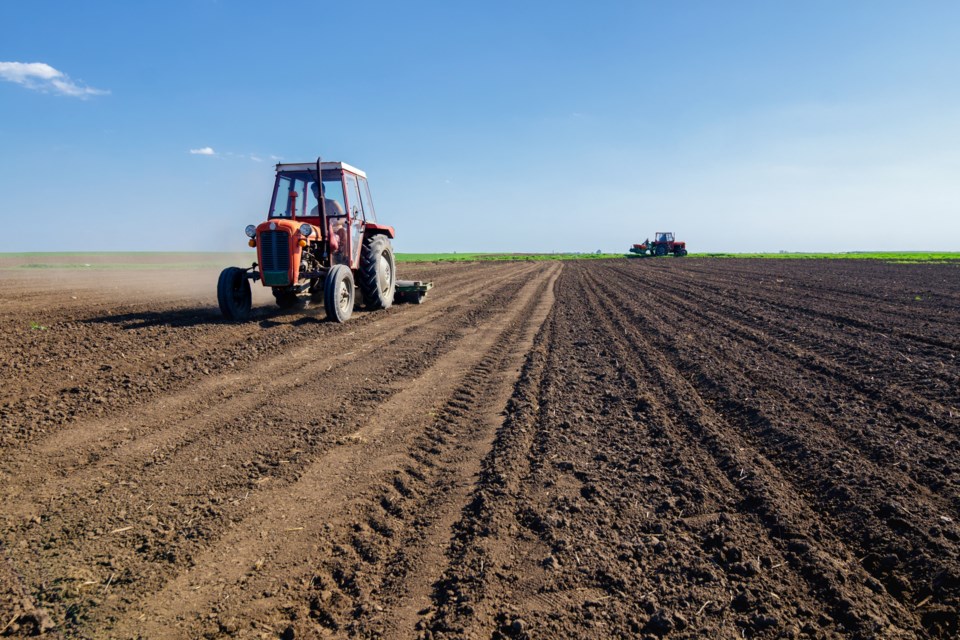ASSINIBOIA - Seeding has been completed in the region and now producers are working around the clock to protect their young seedlings from hungry pests, according to the crop report to June 6 to 12. Grasshoppers have returned to the region in droves and are beginning to cause crop damage. Some portions of the region received rain this past week while others did not, resulting in a further decline in topsoil moisture and an increase in anxiety around growing conditions.
Heavy, localized rain showers hammered some of the region. In extreme cases, some producers received two to three inches of rain in a matter of hours. The Shaunavon area reported 54 mm and the Eyebrow area reported 47 mm. Flooding occurred and resulted in crop damage and soil erosion. Pulse crops that are now sitting in saturated soils will be at a higher risk of root rot.
Since the rain was so heavy and localized, there was not a widespread increase to top soil moisture in the region. Most producers are calling for a three-day general soaking rain to help improve soil moisture.
Cropland topsoil moisture is rated as 53 per cent adequate, 39 per cent short and eight per cent very short. Hay and pasture land topsoil moisture is rated as 47 per cent adequate, 45 per cent short, and seven per cent very short. Parts of the region are still experiencing conditions similar to the 2021 growing season, the crops in these areas are in desperate need of rain.
Regionally, 80 per cent of the fall cereals, 82 per cent of the spring cereals, 86 per cent of the oilseed crops and 86 per cent of the pulse crops are at their normal stages of development for this time of year. This will quickly reverse if the region does not receive frequent precipitation as the days begin to get hotter.
The majority of crops in the region range from good to poor condition, with 56 per cent of the spring wheat, 56 per cent of the durum, 62 per of the canola and 60 per cent of the lentils being in good condition at this time.
The majority of crop damage this week was due to flooding, insect pests (flea beetle and grasshoppers) and hail. Grasshoppers have been especially bad in the region; some producers have already applied two rounds of pest control products and in some RM’s there are considerations being made around spraying ditches to help control the spread of the pest.




